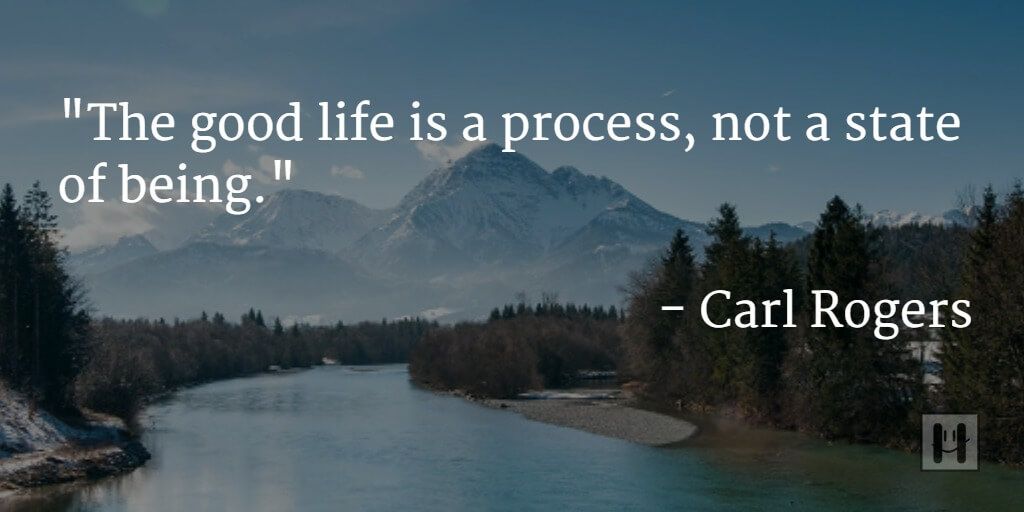Learning how to say no is an essential skill in order to master the art of personal freedom. Many of us struggle with saying no because we fear disappointing others or being seen as selfish. However, setting boundaries and knowing when to say no is crucial for maintaining healthy relationships and preserving your own well-being.
Here are some tips on how to say no confidently and assertively:
1. Practice self-awareness: Before committing to anything, take a moment to check in with yourself and assess whether you truly have the time, energy, or desire to take on the task. Be honest with yourself about your limits and priorities.
2. Be clear and direct: When saying no, it’s important to be clear and direct in your communication. Avoid beating around the bush or making excuses. Simply state your decision in a straightforward manner.
3. Offer an alternative: If you feel uncomfortable saying a flat-out no, you can offer an alternative solution. For example, “I can’t commit to that project right now, but I can help out in a different way.”
4. Practice saying no: Like any skill, saying no takes practice. Start by saying no to small requests or obligations and work your way up to bigger ones. The more you practice, the easier it will become.
5. Remember your worth: It’s important to remember that saying no doesn’t make you a bad person. You have the right to prioritize your own needs and well-being. Your worth is not determined by how much you can do for others.
When you master the art of saying no, you will experience a newfound sense of personal freedom. You will no longer be weighed down by obligations that don’t align with your values or goals. Instead, you will have more time and energy to devote to the things that truly matter to you.
So, don’t be afraid to set boundaries and say no when necessary. Your mental health and well-being are worth it. By mastering the art of personal freedom, you will create a life that is authentic and aligned with your true self.



